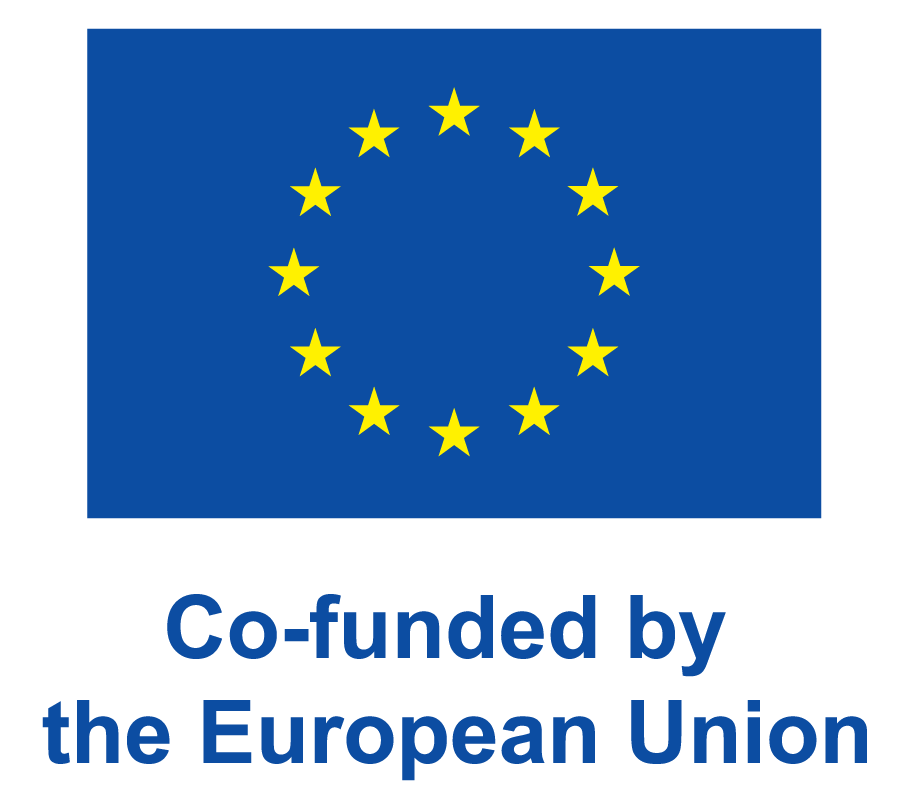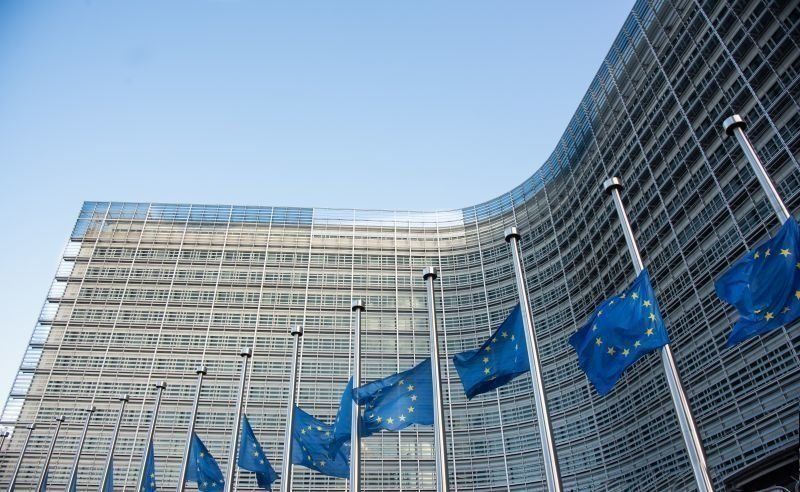A study assessing the potential impact of ten free trade agreements (recently concluded or currently under negotiation) confirms that the EU trade approach opens new commercial opportunities for EU agri-food exporters. Engaging in preferential trade relations diversifies import sources, thus improving the resilience of EU food supply chains.
The development of new markets through preferential trade relations will help consolidate the EU's position as the world's top exporter of agri-food products: in 2022, the EU's positive agri-trade balance reached €58 billion. A recent report on diversification in the EU agri-food trade showed that the EU position as the world's top exporter and one of the top importers of agri-food products allows for balanced and favourable trade relations with third countries.
Exports
Conducted by the Commission's Joint Research Centre, the study published today focuses on the agreements with Australia, Chile, India, Indonesia, Malaysia, Mercosur (Argentina, Brazil, Paraguay, and Uruguay), Mexico, New Zealand, the Philippines, and Thailand - agreements which are all either currently negotiated or concluded but not yet implemented.
It is estimated that the value of EU agri-food exports would be between €3.1 billion and €4.4 billion higher in 2032 than they would have been without these ten trade agreements. Trade opportunities are expected to develop for EU agri-food commodities, such as dairy (+€780 million), wine and other beverages (+€654 million), and processed agri-food products (+€1.3 billion). These substantial commercial opportunities attest to the competitive edge enjoyed by EU agri-food products thanks to their quality, high safety and sustainability standards, which enhance their worldwide reputation.
Imports
Upon the entry into force of the ten trade agreements covered in the study, the value of EU imports is expected to be between €3.1 billion to €4.1 billion higher in 2032 than it would have been without these agreements. This would result in a balanced increase of both exports and imports, with the overall EU trade balance slightly increasing as a result.
The study acknowledges that some sensitive sectors, notably beef, sheep meat, poultry, rice and sugar, are expected to face increased competition by the ten partners referred to in the study. This conclusion validates the current EU approach of systematically protecting sensitive sectors with carefully calibrated tariff rate quotas (TRQs). This essential tool in trade agreements can help mitigate possible market disruptions, thus providing protections to EU farmers and agri-food producers.
For the first time, the Commission's study also looks at the impact on EU agriculture of the trade agreements recently concluded by the UK with Australia, New Zealand and the member countries of the Comprehensive and Progressive Agreement for trans-Pacific Partnership (CPTPP). The study shows that these trade partners will take some shares from EU producers in the UK market. The resulting impact would be limited and the EU is still expected to remain among the main suppliers of the UK. Nevertheless, some impacts are expected for sectors such as beef, wine and other beverages (and tobacco), processed food, dairy and sheep meat. However, the overall positive impact of the ten trade agreements that could enter into force would compensate the market losses from the UK trade agenda. It demonstrates the importance of diversifying both export markets and import sources.
The study is the second update of the 2016 initial study on cumulative economic impact of upcoming trade agreements on EU agriculture. The first update was published in 2021. It aims at providing valuable insights for policy makers and negotiators on the link between the EU trade agenda and EU agriculture, by assessing two different scenarios depending on the extent of liberalisation efforts. It does not replace the broader and more detailed impact assessments carried out for each individual trade agreement negotiation.
In the study, the more ambitious scenario analysed corresponds to a full liberalisation of 98.5% of all products, and a partial tariff cut of 50% for the remaining products while the more conservative scenario would be a liberalisation of 97%, and a 25% tariff cut for the other products. The model used relies on the tariff in 2014, 2022 and a projection of 2032. Trade agreements that entered into force several years ago (e.g. with Switzerland, Ukraine, Colombia, Peru, Ecuador, South Korea, Canada, Japan or Vietnam) are taken into account in the baseline as well as the autonomous trade measures with Ukraine for the year 2022. An interactive infographic enables readers to visualise all the model results included in the study.



